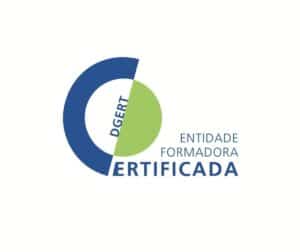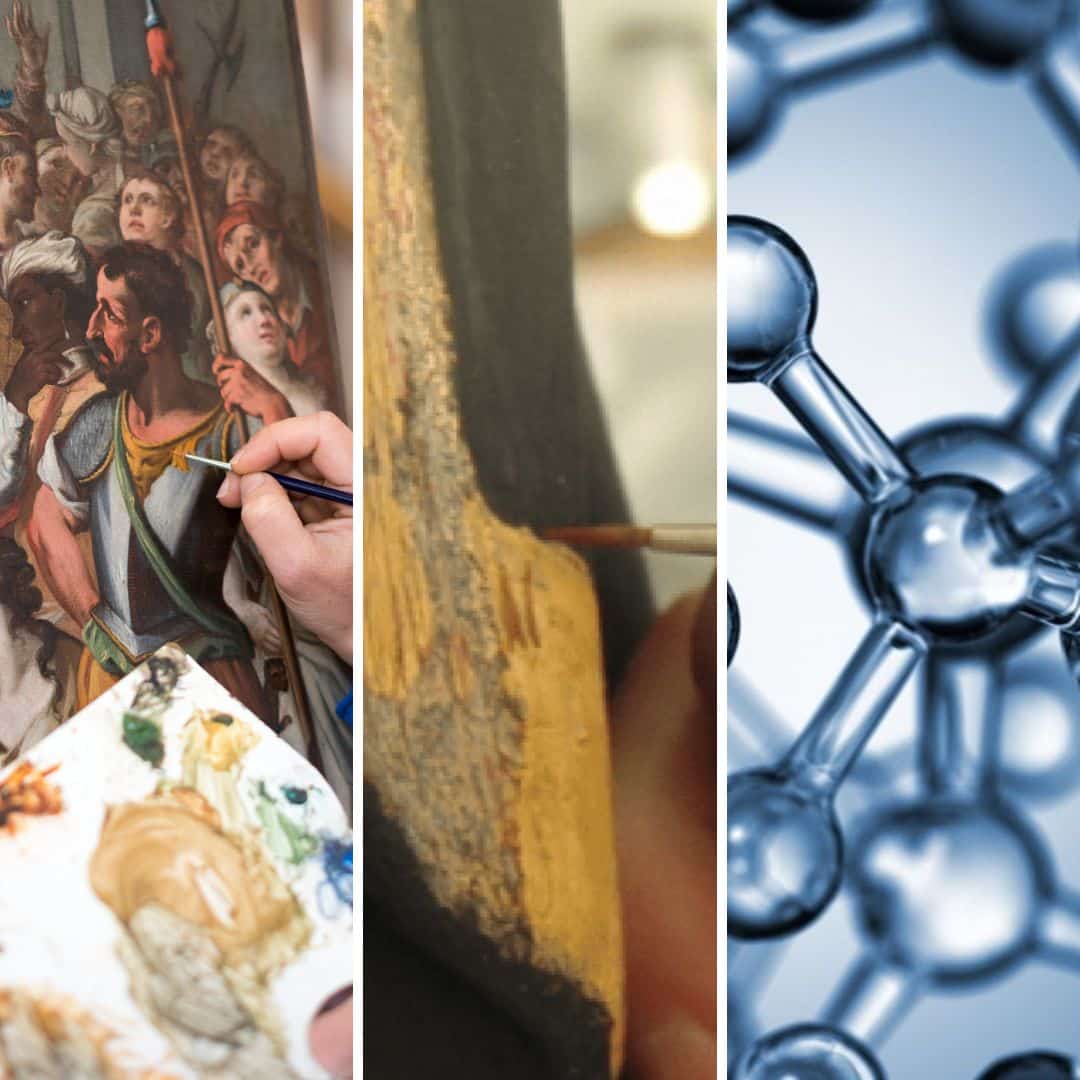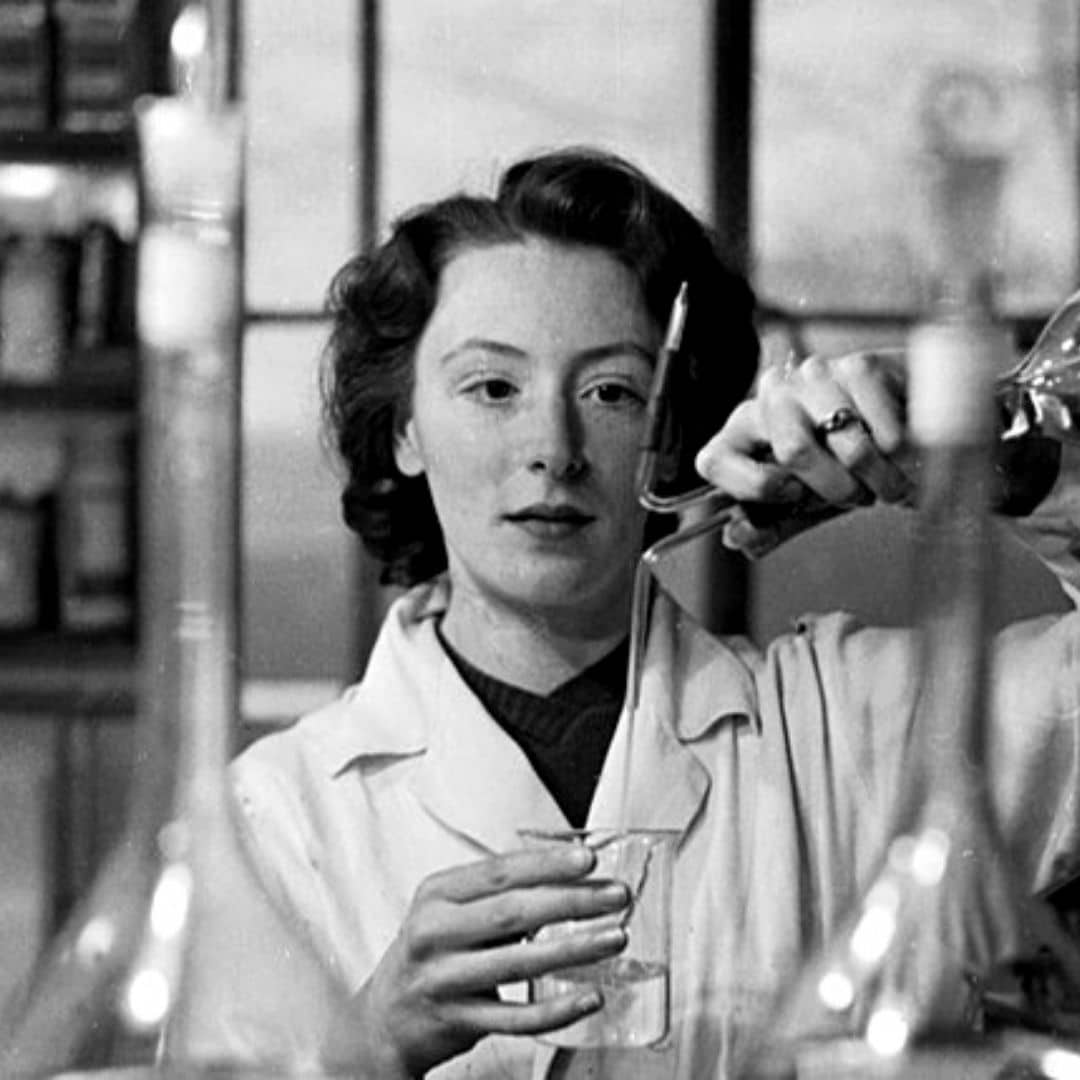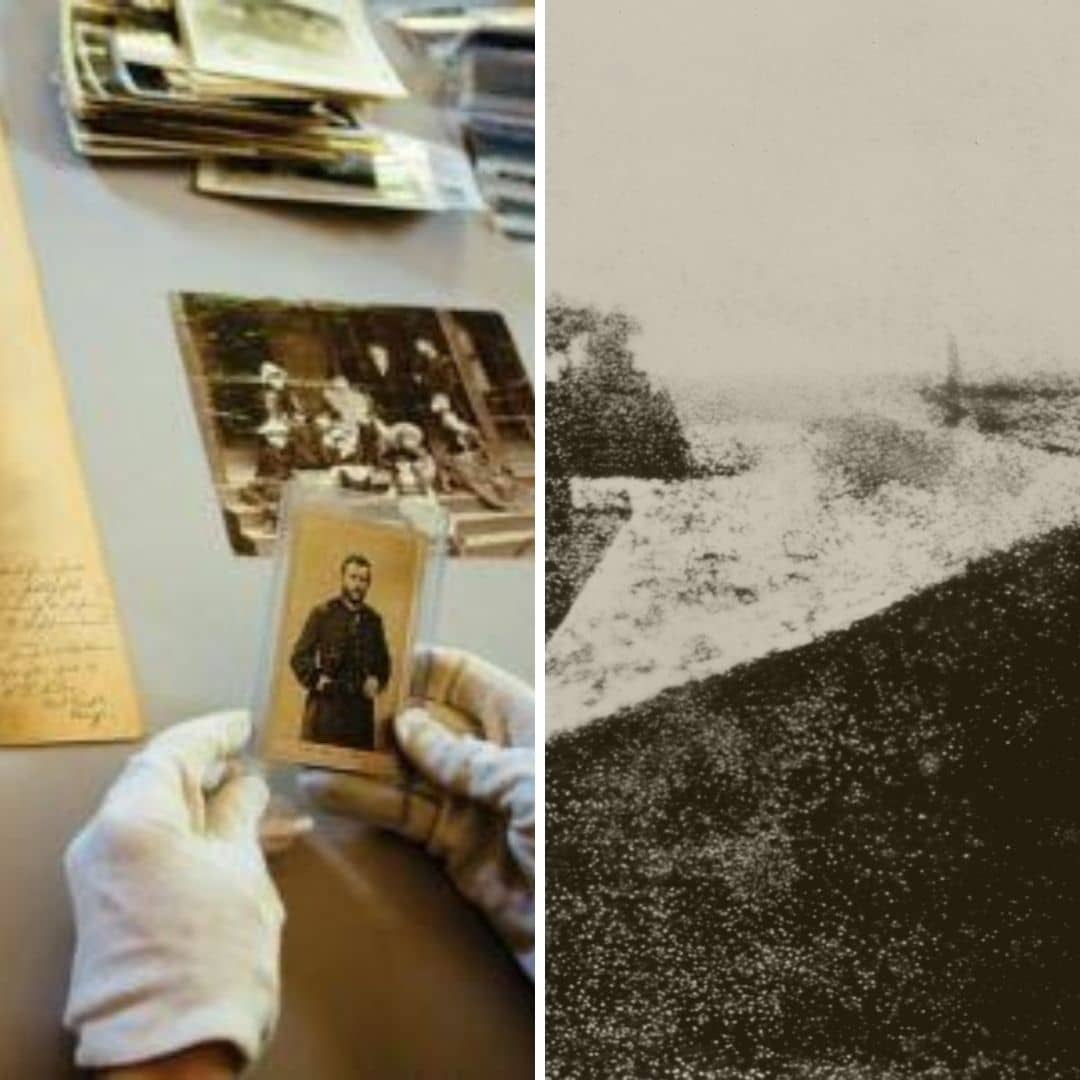Discover this package of 2 online courses – Books and Documents Conservation and Photographs Conservation
An essential course package for archivists, librarians and curators of photographic archives.
But also for the conservation of archives in our private and family collections.
Books and Documents Conservation + Conservation of Photographs
Course 1 – Conservation of Photographs
In the online course Conservation of Photography you will learn to recognize the most common types of photographic species.
You will learn to identify the most common alterations and deteriorations and the most appropriate handling and packaging techniques.
Participants will be able to carry out conservation programs for photo archives in museums or private collections.
Course 2 – Books and Documents Conservation
In the certified online courses Photos, Books and Documents Conservation Techniques learn how to identify the main causes of documents and books deterioration, how to prevent it and how to mitigate its effects.
With clear instructions and case studies.
How it works
Conservation of photography
PART 1 – Preservation / Conservation / Restauration
Before any approach to the conservation of cultural assets, it will be necessary to synthesize its fundamental concepts.
A lesson is presented with the synthesis of these concepts based on the ICOM – International Council of Museums.
PART 2 – Photography: concept, structure and most common typologies
In this part of the course we will learn what photography really is. The processes inherent to their production and the various typologies and their differences.
- Structure: base, support, emulsion, album, etc.
- Most common typologies
PART 3 – Common deterioration factors (internal and external)
Before starting any preservation program, it is necessary to know the main factors of deterioration of the different photographic species. Only then can we adopt the appropriate measures for each specific case
- Internal factors
- External factors
PART 4 – Environment and pest control
The environmental and pest control that can damage our photographic collections is a fundamental step in the conservation process. We will know the various ways and equipment to carry out this control.
PART 5 – Handling and Packaging systems
How to handle our photographic species and what are the best forms of packaging, from the most complex processes to the simplest and most economical ones.
- Handling
- Packaging systems
PART 6 – The Preservation Program
What are the stages and methods to develop a preservation program suitable for each type of photographic collection. In this part of the course, several examples will be given and supporting materials will be provided for future use.
- Museum collection program
- Proposed program for private collections (at home)
Books and documents conservation
Module 0: Concepts and ethical principles
Preventive conservation,
Interventional and curative conservation,
Restoration
Module 1: Introduction to Books and Documents Conservation Techniques
1.1 What is documents conservation and why it is so important
1.2 About documents and books and their conservation throughout history
1.3 To conserve, you need to know
Module 2: Deterioration factors
2.1 General notions about deterioration agents
2.2 Most frequent damage and its causes
2.3 Main paper deterioration factors
Module 3: Preventive Conservation
3.1 How to control deterioration factors – Preventive conservation
3.2 Handling, transportation and packaging
3.3 Light and radiation
3.4 Temperature and relative humidity
3.5 Integrated pest management
3.6 Procedures and Contingency Plans
Module 4: Books and documents conservation techniques
4.1 Introduction and preliminary procedures
4.2 Cleaning / Sanitizing
4.3 Planning and repairing folds and tears
4.4 Case studies of document and book conservation techniques in different situations
4.5 To find out more about books and documents conservation techniques




